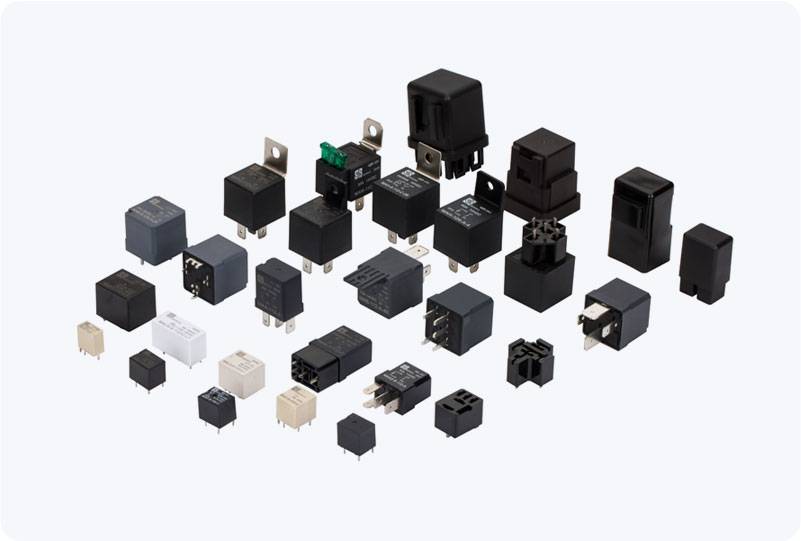understanding the 220vac power relay: its function, applications, and importance
Release time:2025-10-27 20:11:23
A 220VAC Power Relay is a key component in electrical systems used for controlling high-voltage AC circuits. Whether it's in industrial automation, home appliances, or power distribution, relays serve as essential switches for controlling electrical power. In this article, we’ll explore what a 220VAC Power Relay is, how it works, its applications, and why it is crucial for modern electrical systems.

What is a 220VAC Power Relay?
A 220VAC Power Relay is an electromagnetic switch that is designed to control high-voltage alternating current (AC) circuits with low-voltage control signals. These relays are engineered to handle 220V AC, which is the standard voltage for electrical systems in many countries, including most of Europe and Asia. The relay allows a low-power circuit, often operating at 5V or 12V, to control a high-power circuit at 220V AC, making it an essential component in many electrical applications.
The basic structure of a 220VAC relay includes an electromagnet, contacts (usually a set of normally open or normally closed contacts), and a spring mechanism. When current flows through the coil of the relay, it generates a magnetic field that activates the moving contacts, closing or opening the circuit. This action allows the relay to either supply power to a connected device or disconnect it from the power source.

